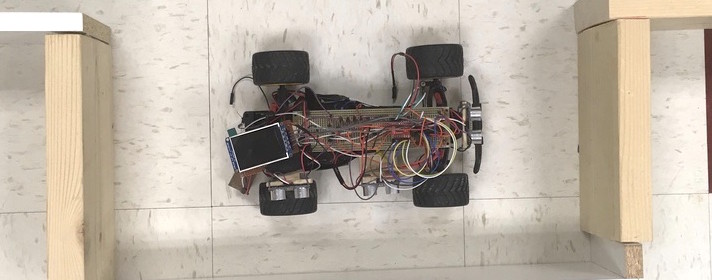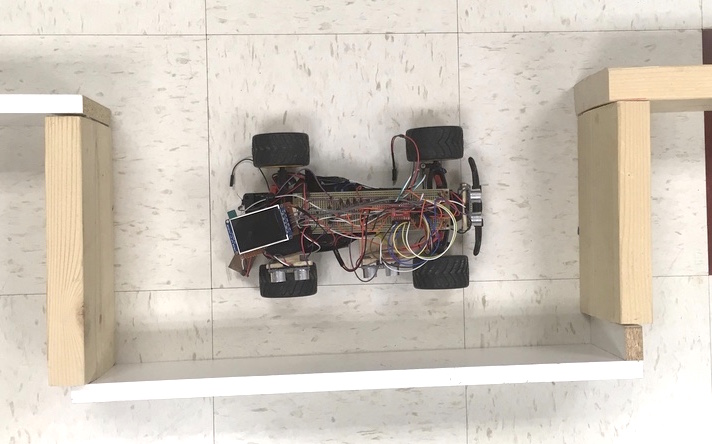Autonomous Parallel Parking Car

Owing to limited parking space, crowded cities require you to have really good parallel parking skills to park your vehicle in a narrow parking space. This stressful task has lately been made easier in the new automobiles with the implementation of automatic parallel parking technology based on multiple imaging cameras and laser sensors. This add-on could add a few thousand dollars extra on your car price. Alberto Gutiérrez, Shaan Shetty, and Boling Hu (students from Cornell University) built a low-cost prototype car with autonomous parallel parking capability that would enable the car to find a suitable parking space and park itself without any assistance from the driver. Their design uses Ultrasound Sensors with a PIC32 microcontroller to map the surrounding obstacles, and determines if the available parking space is sufficient to park the car.
Our system is mainly composed of five ultrasonic sensors (HC-SR04, a dual motor driver, a PIC32MX250F128B microcontroller, a TFT display and two DC motors with gear boxes. The car is capable of parking autonomously after it detects a parking space on its right side. There is one sonar on the front, one on the back, two on the right side and one on the back right corner of the vehicle. One of the side sensors is in charge of keeping the car aligned to the parking space boundaries using a closed-loop Proportional-Integral (PI) controller.
Here’s the demo of the autonomous parking car.


